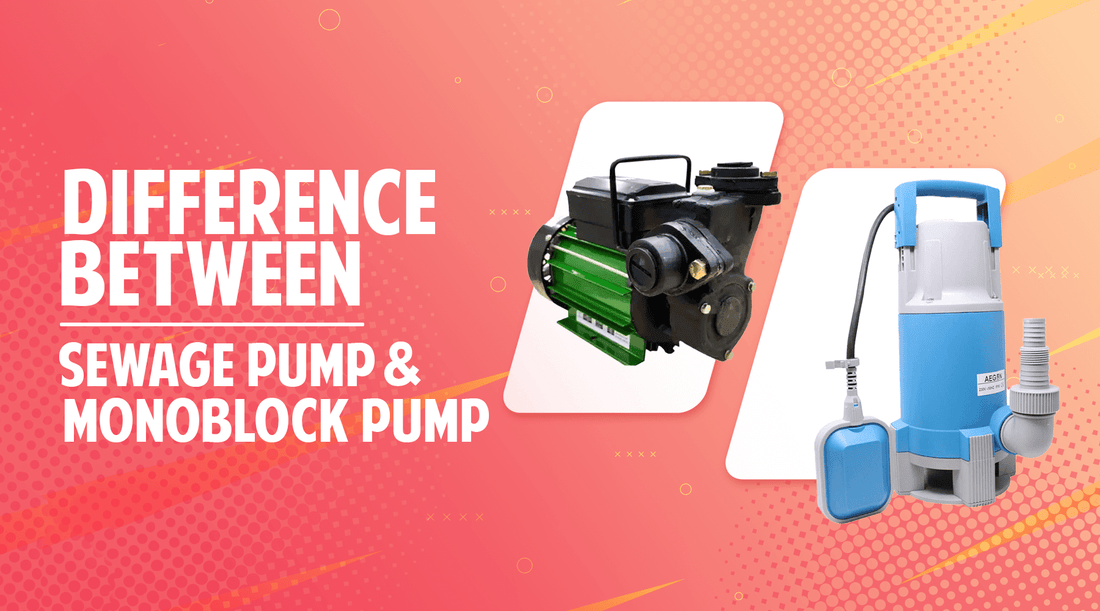Sewage and monoblock pumps are two important components in many plumbing systems, but they serve very different purposes. Understanding the differences between these two types of pumps can help you make better decisions about your pumping needs and ensure that your system is working properly.
Working Principle and Performance Characteristics of Sewage Pumps
Sewage pumps are designed to handle waste and other debris that is found in a septic or sewage system. These pumps are typically located in the basement or crawl space of a home and are responsible for moving the waste from the home to the septic or sewage system. Sewage pumps are typically made of heavy-duty materials that can withstand the harsh conditions of a sewage system and are built to handle large amounts of waste. They are also equipped with sensors that can detect when the waste level is too high and automatically turn on the pump to move the waste out of the home.
Working Principle and Performance Characteristics of Monoblock Pumps
On the other hand, monoblock pumps are designed to handle water in a different way. These pumps are typically used in water supply systems and are responsible for moving water from the main water supply to the various outlets in a home, such as sinks, toilets, and showerheads. Monoblock pumps are typically located near the main water supply and are designed to handle clean water that is free from debris or waste. They are also equipped with sensors that can detect when the water pressure is too low and automatically turn on the pump to increase the water flow.
Differences Between Sewage Pump and Monoblock Pump
One major difference between these two types of pumps is their ability to handle different types of liquids. Sewage pumps are specifically designed to handle waste and other debris, while monoblock pumps are designed to handle clean water. This means that sewage pumps are built to withstand the harsh conditions of a sewage system, while monoblock pumps are built to handle the clean water found in a water supply system.
Another difference between these two types of pumps is their size and power. Sewage pumps are typically larger and more powerful than monoblock pumps because they need to move large amounts of waste through a sewage system. Monoblock pumps, on the other hand, are typically smaller and less powerful because they only need to move clean water through a water supply system.
In terms of maintenance and repair, sewage pumps typically require more maintenance and repair than monoblock pumps. This is because sewage pumps are exposed to harsh conditions and are responsible for moving large amounts of waste, which can cause wear and tear over time. Monoblock pumps, on the other hand, are typically exposed to less harsh conditions and are responsible for moving clean water, which means they require less maintenance and repair.
In conclusion, sewage and monoblock pumps are two important components in many plumbing systems, but they serve very different purposes. Sewage pumps are designed to handle waste and other debris that is found in a septic or sewage system, while monoblock pumps are designed to handle clean water that is free from debris or waste. Understanding the differences between these two types of pumps can help you make better decisions about your plumbing needs and ensure that your system is working properly.

